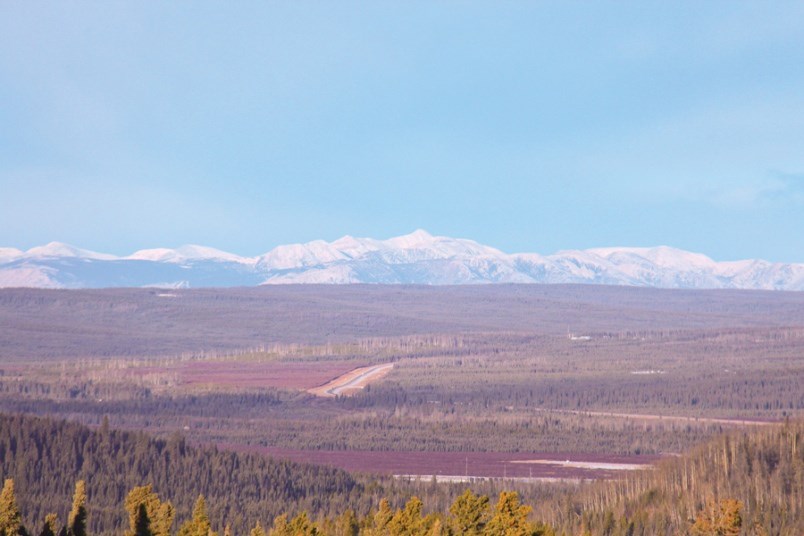Tourist officials in Northeast B.C. say they're not yet worried about the impacts of thawing permafrost on Alaska Highway tourism.
Transportation departments in the Yukon and Alaska say the loss of year-round frost beneath the historic highway's roadbed is creating fissures, bumps and cracks on the surface, according to an article in the Guardian newspaper called The Alaskan Highway is Literally Melting.
The article quoted travellers on the 2,450-kilometre highway, as well as engineers in the Yukon and Alaska - one of whom called the loss of permafrost beneath the roadbed "the biggest geotechnical problem we have" in the state.
Permafrost - a mix of soil and sediment frozen at least two years in a row - anchors the roadbed of much of the Alaska Highway. The loss of permafrost as the climate warms is affecting roads, mines, industrial sites and other infrastructure across northern Canada.
The wartime highway was built in 1943 by the U.S. Army Corps. of Engineers to link Alaska to the rest of the United States. It also served as a supply line for airbases built to ferry lend-lease aircraft to the Soviet Union.
As the most direct land route to Alaska, the highway is now popular with recreational vehicle owners. Around 18,800 travellers passed through the Dawson Creek Visitor Centre last year.
While headlines about a melting highway are eye-catching, Tourism Dawson Creek's Austin Weaver says he hasn't seen any evidence of rough roads lessening the highway's appeal for tourists.
"There's an occasional pothole, which is expected on any highway, and the occasional construction site," Weaver said of a recent drive to Whitehorse. "I wasn't seeing a large number of frost heaves or anything like that."
"No one's coming down and saying 'I jumped my 40-foot mobile home,'" he added.
So far, the section of the highway in B.C. appears to be faring better than the portions in Alaska and Yukon described in the Guardian report.
Those jurisdictions are trying to figure out how to slow the thaw. Potential solutions include inserting spray foam insulation and cooling "tubes" into the roadbed, using lighter building materials that absorb less light, and building porous roadbeds to allow cool air to circulate.
In an email, a Public Works Canada spokesperson said that no permafrost-related issues have been reported on the section of highway it manages between Pink Mountain and Watson Lake. The provincial transportation ministry, which manages the highway south of kilometre 133, said it has yet to see noticeable damage due to thawing permafrost.
Keeping the highway in working order, though, is costly.
The federal government spends approximately $35 million a year on maintenance and capital projects on its 835 km of highway - around $42,000 per kilometre.
According to a report from the Yukon territorial government cited by the Guardian, maintaining its sections of the highway costs $30,000 per kilometre - seven times above average.
April Moi of the Northern B.C. Tourism association said that overall, the highway is in good condition. Some tourists, she said, are pleasantly surprised to learn the highway is paved all the way to Fairbanks.
"Their big concern is it's paved. Most people still don't understand it's two-lane and paved all the way."



